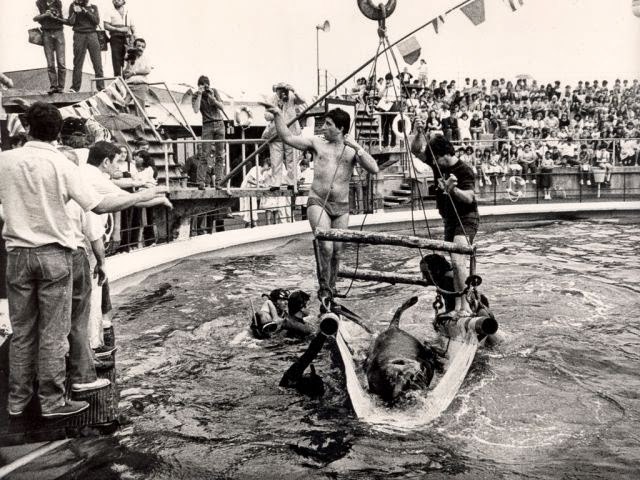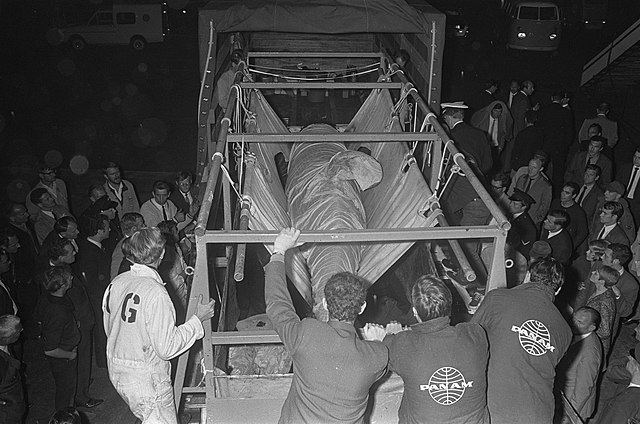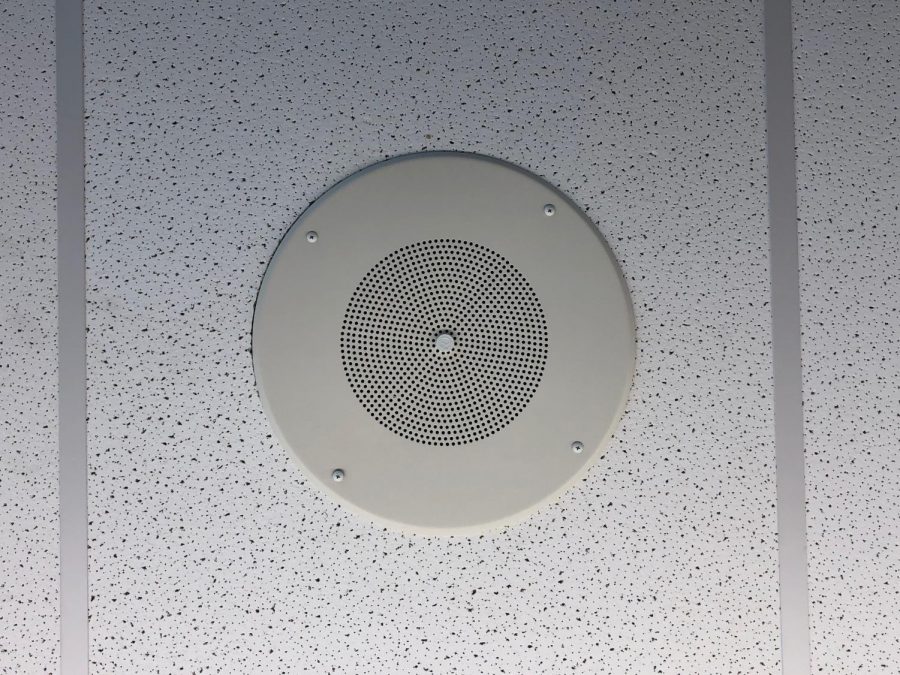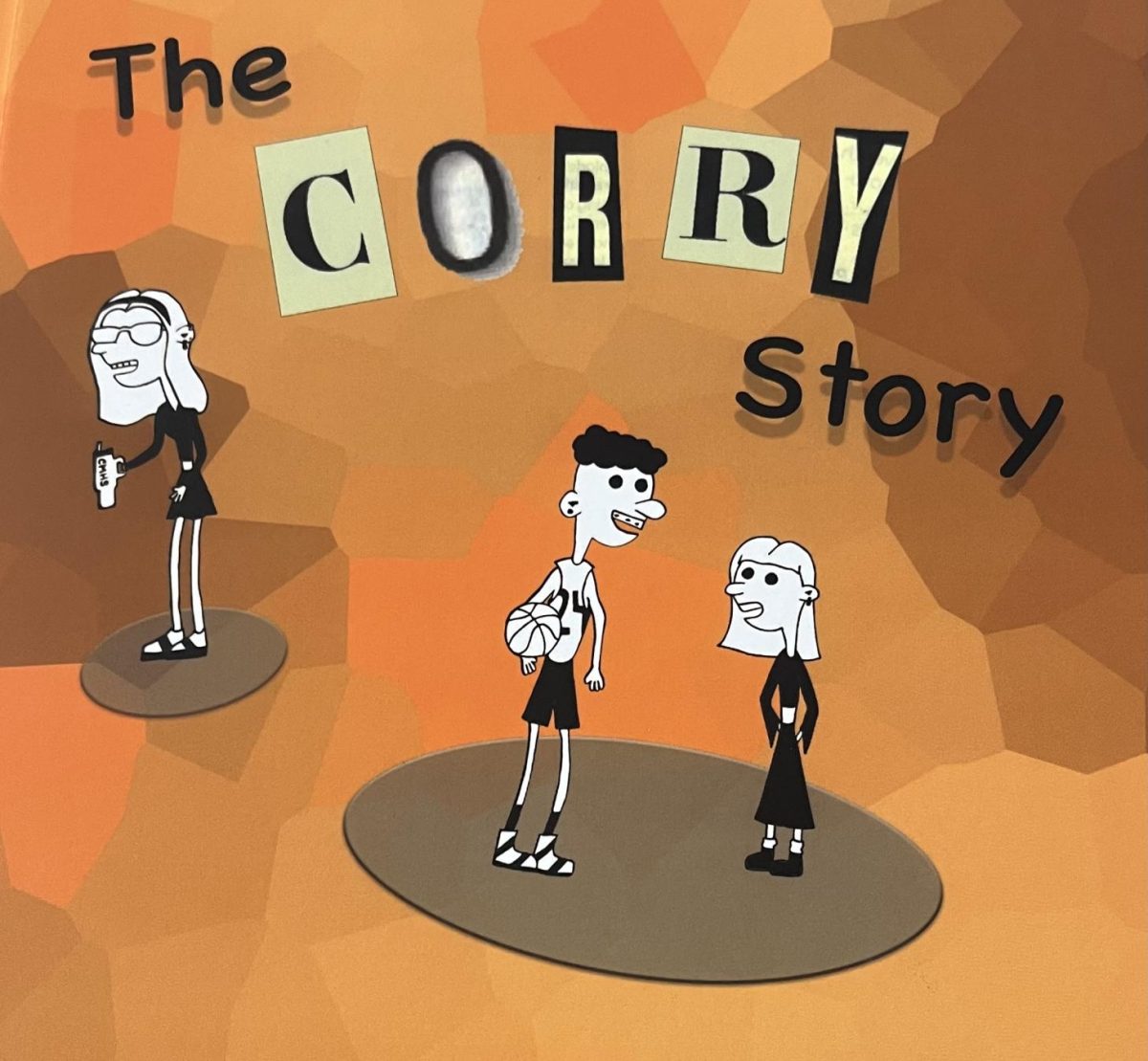Let your mind take you to the last time you took a bath. It may have only lasted for maybe 30-45 minutes. Well imagine that for 52 years and counting. Now let me take it up a notch. You are four years old. You just learned how to pronounce a few more words and your mother is celebrating because her baby is growing up. All of a sudden a net comes down around you, your mother is panicking, and you didn’t know that would be the last time you felt your mother’s embrace and warmth. Welcome to the life of Corky the Killer whale, the Orca that hasn’t felt free in 52 years.
Now this is not just about Corky, but she also paints the perfect picture of just why a killer whale should never be held captive for the entertainment of mankind. While Corky’s case may not be the absolute worst, it does in fact bring tears to my eyes. When Corky was taken away from her mother at 4 years old in 1969, she was transported to Marine Land of the Pacific in California. She would spend some time there and then she would live the rest of her life to this day at Sea World San Diego. Corky was bred seven times and none of her offspring survived. The longest one of her babies to live was 47 days. In the wild, killer whales have a 50% mortality rate but for Corky to lose all seven of her babies, it seems to be different in captivity. As of right now there are protests and petitions going around to get Corky into a sea pen near where her family is. When a local research team recorded her families voices and then relayed them to corky, she perked right up and was shaking. It’s amazing how smart and relatable these animals are. To sum up a little bit more on Corky’s life, when she was captured her mother was also in the net but they let her go. Corky’s mother went on to have two more calves named Fife and Ripple. Corky may be able to join them but it needs to be soon because we have no idea how much longer she has.
Orcas come in different pods and families, which means different languages for different orcas. This would be the equivalent to a human visiting China or Mexico. When you have no background or knowledge of the languages, you would find yourself clueless, and if you were like these orcas, you would be absolutely confused and scared. This difference can cause aggression between killer whales in a small tank. Orcas in the wild have no record of hurting humans, but when put into captivity, there are so many stories. Trainers stopped swimming with the orcas in captivity in 2010 due to the well-known male whale called Tilikum after dragging a trainer to the bottom of his tank and drowning him. The sad thing is, it’s not just two whales in a tank, it can be up to seven at a time in one facility. While this may be cool for kids and families to watch, they have no idea that the only way these animals get fed, is if they do their trick right. Orcas suffer not only with sometimes a lack of food, not to mention the inability to actually hunt for their food income anymore, but with major immune system issues. Orcas from different regions also eat different prey. Such as a Southern and Northern Orcas eat fish while Type B Orcas (Pack ice Orcas) eat sea lions.
A major concern that has been brought to the surface lately was another famous orca name Lolita. She lived alone in her tank for 52 years. After her tank mate, Hank, died from ramming his head into the walls of the enclosure multiple times, Lolita lived in the tank alone for the rest of her life. Now Lolita did pass away August 18, 2023. This is where the controversy comes into place. Lolita was set up to be moved to a sea pen where she would relearn how to be free. It is undetermined if she would be released into the open ocean again, but she would still have gotten the chance to feel at home, or at peace. Lolita’s death caused people to assume that the Miami Seaqurium never actually planned on letting her go. She ended up dying of multiple chronic conditions, but many specialists have confirmed that she was severely underfed and uncared for. It’s deeply saddening that as watchers we tend to miss the fact that the whales performing are not happy and the possibility of them going back to their family is never actually going to happen.
My opinion along with many others is that we should completely remove all orcas, dolphins, and sea lions from their enclosures and put them in sea-pens. It only looks like the animals are happy because you only see them performing. These animals are extremely amazing and smart. They actually have a highly developed insula and cingulate suclus, which is a part of the brain that allows you to have self awareness. This means orcas are very intact with their feelings and can register very quickly when the situation they’re in is depressing. That’s right, those captive orcas have really horrible depression. This is why I advocate for sea-pen release because even if they are never fully released, they may possibly get a chance at seeing their families again or just simply feeling less trapped. Not only this but orcas swim up to 100 miles a day, so a pool that is inadequately deep and big enough is just not acceptable. Now there was a case with a whale called Keiko. He played in the movie called “Free Willy” that was specifically used to raise awareness. Now this orca did get to go to a sea pen and then be fully released. Unfortunately, he did die a few years later, but he got to live a free life for his remaining years. This is a case that I would say was too far gone. He was too used to socializing with humans and following them into harbors.
A simple fact that I would also like to share is that a male orca’s dorsal fin can be up to six feet tall. The reason you see bent over dorsal fins is not because it’s natural, it’s because there is not enough depth in the pools to allow pressure to push on all sides of the fin to keep it standing up. This is not to say this doesn’t happen in wild orcas but not as often as it would for the captive ones.
At the end of the day, my final thoughts are that we should stop the trend of letting captive orcas watch their tank mates die, and give them what years they have left to be a killer whale again. I do hope that this gave you more information and insight on captive killer whales. Let’s take them out from behind bars and set them back into their rightful places. A mother always tells a kid, “When you use it, put it back where it came from.” We had no right using these intelligent animals to begin with.









